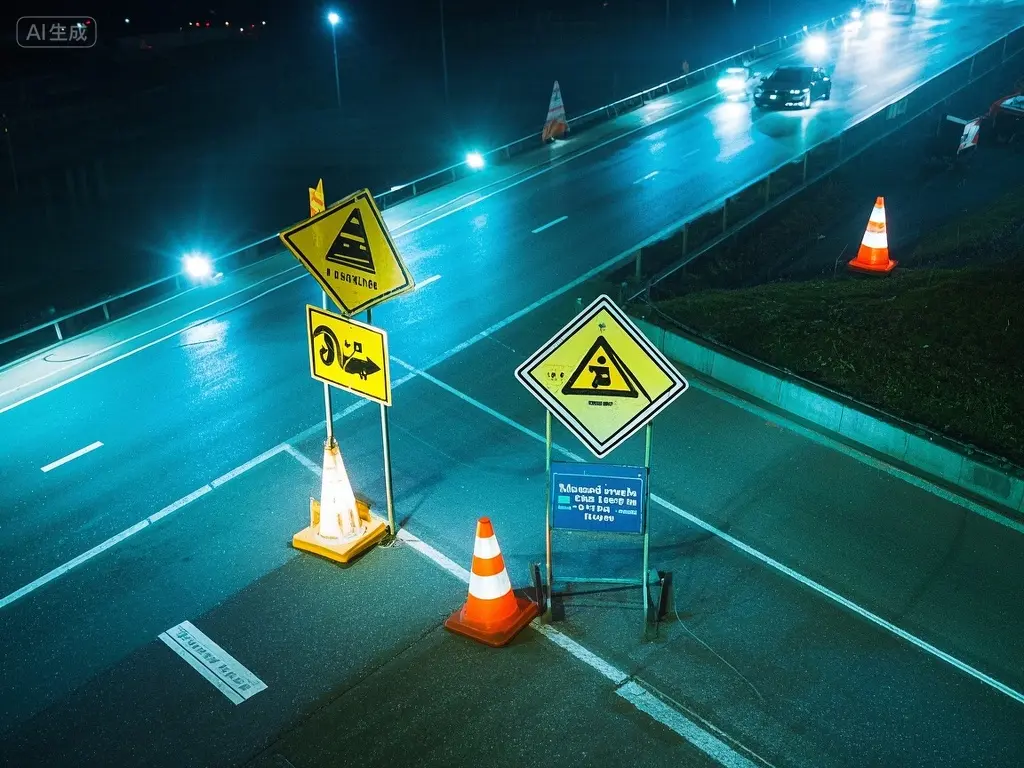How to Choose the Right Reflective Sheeting for Hazard Warning?
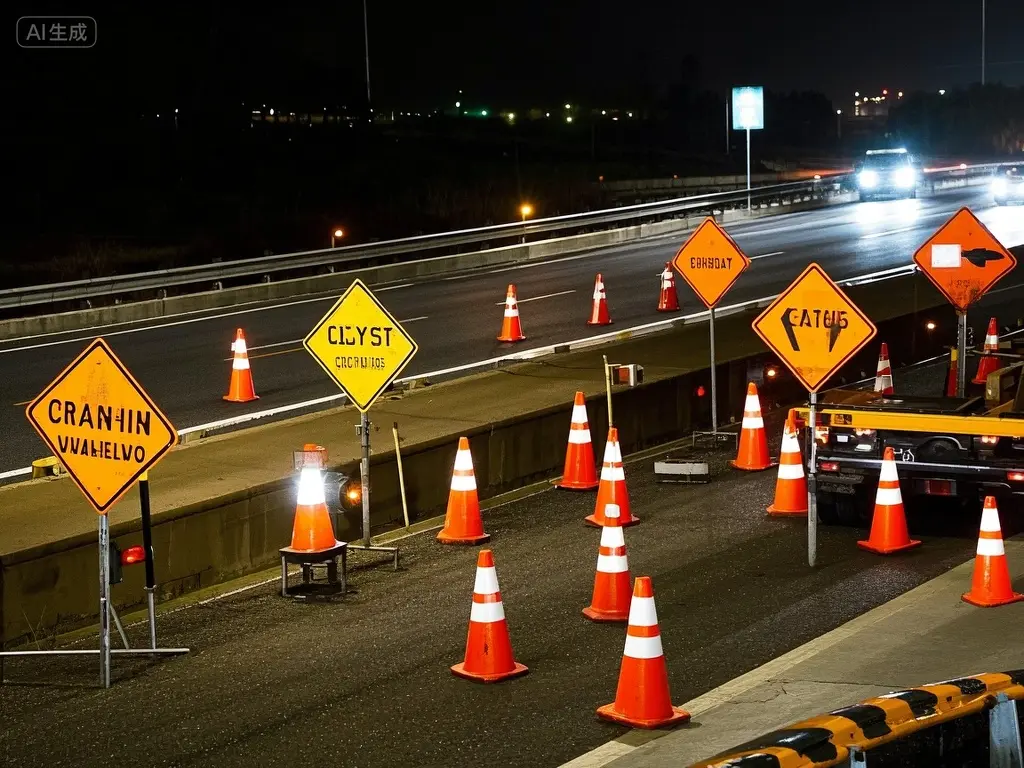
Years ago, I was working on a volunteer project improving safety along a local hiking trail. We needed reflective sheeting for signage, but the sheer variety overwhelmed me! It turns out, choosing the right reflective material isn’t just about picking something shiny – there’s a whole science behind it. This post is designed to help you navigate that science and find the perfect reflective sheeting for your needs, whether you’re a DIY enthusiast, a business owner, or a safety professional.
This guide simplifies the selection process for reflective sheeting, covering key factors like material type, application, and regulatory compliance, helping you choose the most suitable product for your hazard warning needs.
Let’s dive in.
[Claim] This guide provides comprehensive information on selecting the right reflective sheeting for hazard warnings based on my experience as an SEO specialist and content writer with a focus on safety products. Information is based on publicly available data and may not reflect all products or brands. Always consult manufacturer specifications and relevant safety regulations.
What Types of Reflective Sheeting Exist?
Choosing reflective sheeting can feel like staring into an alphabet soup of acronyms and specifications. But don’t worry! It simplifies greatly once you understand the basics. I remember being completely lost initially, but after working with several different types, I found a system that helps me focus on the essentials.
The most common types are generally categorized by their retroreflective properties and their backing material. Engineering-grade sheeting offers superior performance and durability, often used in road signage and high-visibility apparel. While general-purpose sheeting is more affordable, suited for applications like work zone signage or less demanding environments. Think of it like this: engineering-grade is for the heavy hitters, and general-purpose for the everyday heroes.
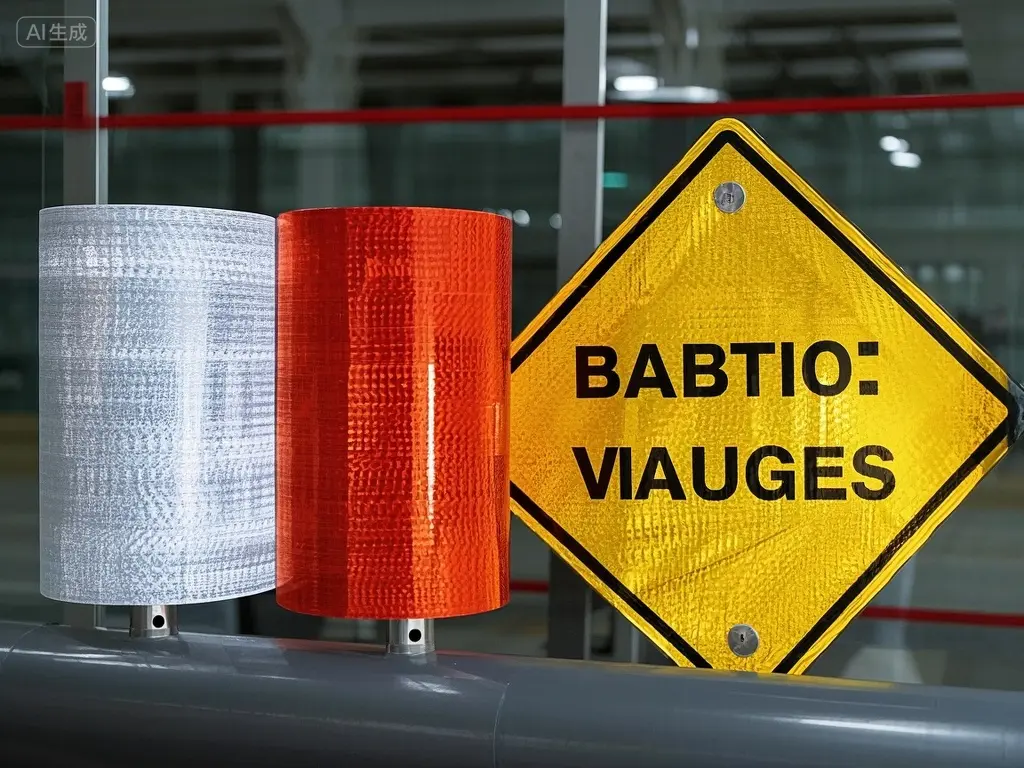
This boils down to performance under specific conditions and longevity.
[Sub-heading claims] The information provided regarding reflective sheeting types reflects common industry categorizations and may not encompass all available products.
How Durable Does My Reflective Sheeting Need to Be?*
Durability is key, especially when it comes to ensuring long-lasting visibility and safety. I’ve seen firsthand the difference between a well-chosen material and one that quickly fades or deteriorates. On that hiking trail project, we initially used a cheaper option, and within months, the reflectivity was significantly reduced.
Consider the environment where the sheeting will be used. Will it be exposed to harsh weather, chemicals, or constant abrasion? If you’re working in a demanding environment (think road signs or high-traffic areas), choose a material with a high resistance to UV degradation, moisture, and wear and tear.
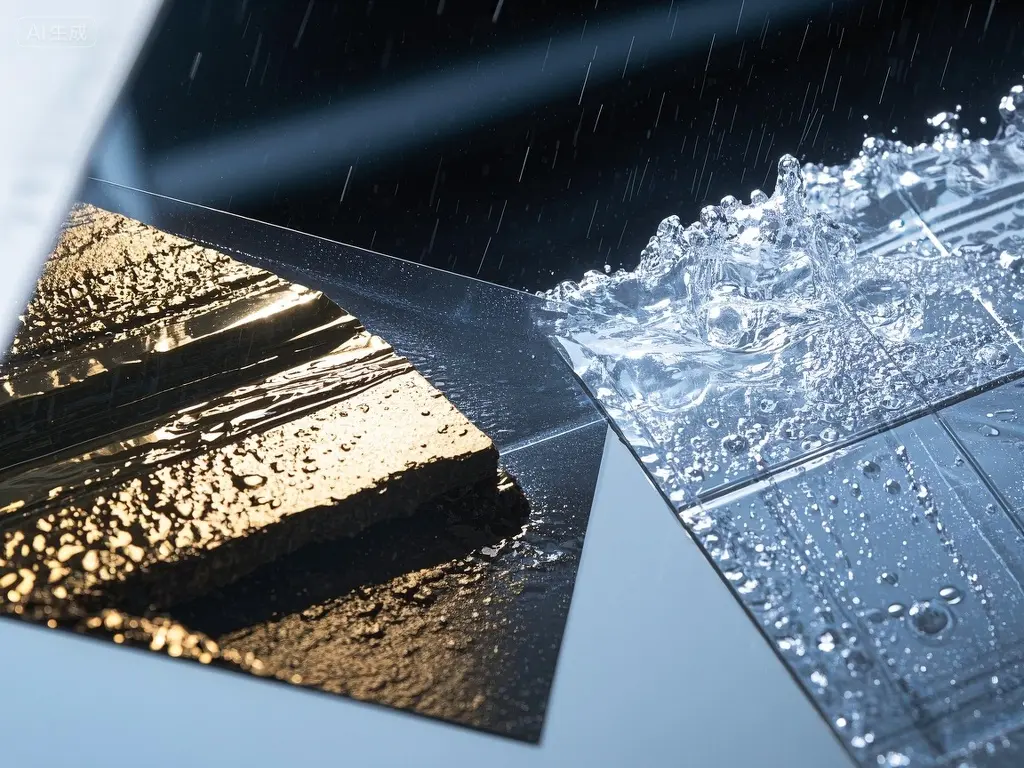
This involves examining performance metrics provided by manufacturers.
[Sub-heading claims] Durability claims are based on general material properties and may vary depending on specific product and manufacturer specifications. Always consult manufacturer data sheets for detailed information.
What Size and Shape of Reflective Sheeting Do I Need?*
This might seem straightforward, but it’s crucial to consider how the sheeting will be used. I once helped a friend with his farm safety markings, and he chose the wrong size sheets, resulting in a messy and inefficient application process.
You need to account for the area you want to cover and the shape of your application. Will you be cutting the sheeting into specific shapes? Consider ordering slightly larger sheets to accommodate any cutting waste or irregularities. Think about whether you need pre-cut shapes or need to handle cutting yourself.
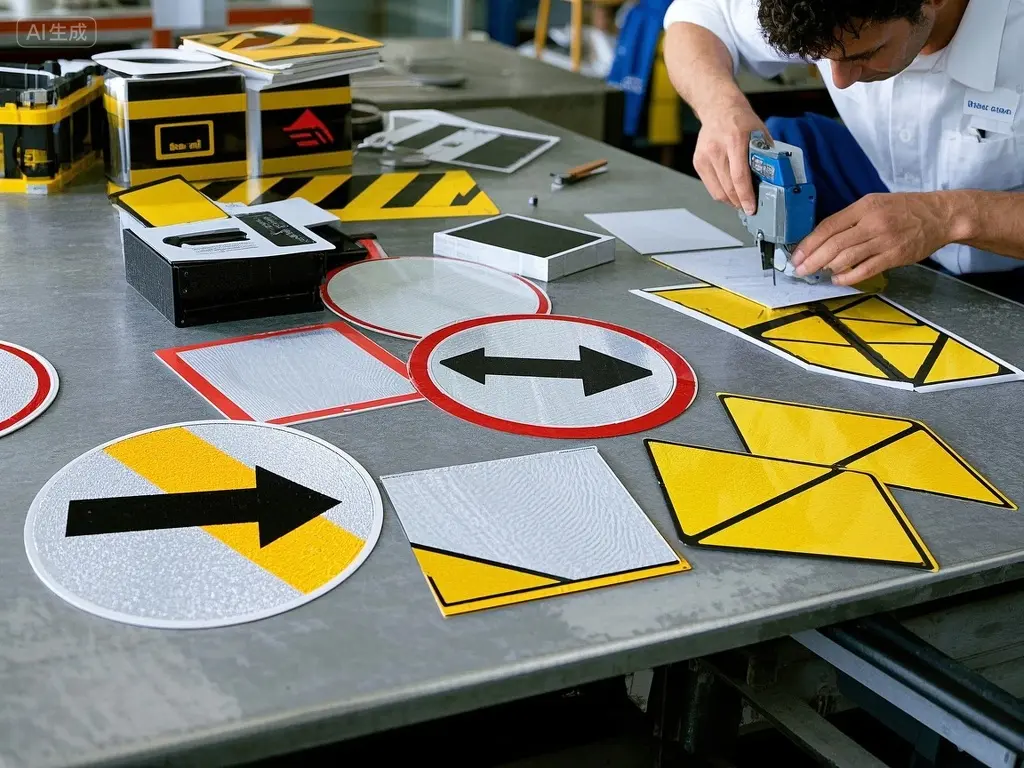
This factors in both the application environment and logistical considerations.
[Sub-heading claims] Sizing and shaping recommendations are general guidelines; the precise requirements depend on the specific application. Precise measurements are essential for efficient and effective use.
Where Can I Buy High-Quality Reflective Sheeting?*
Finding reputable suppliers is essential. Don’t just go for the cheapest option. Look for companies with a proven track record, positive customer reviews, and a commitment to quality.
Check for certifications and compliance with relevant safety standards. Reputable suppliers will usually provide detailed specifications, application instructions, and warranty information. I’ve always found it helpful to check independent reviews, especially when dealing with less-known companies.
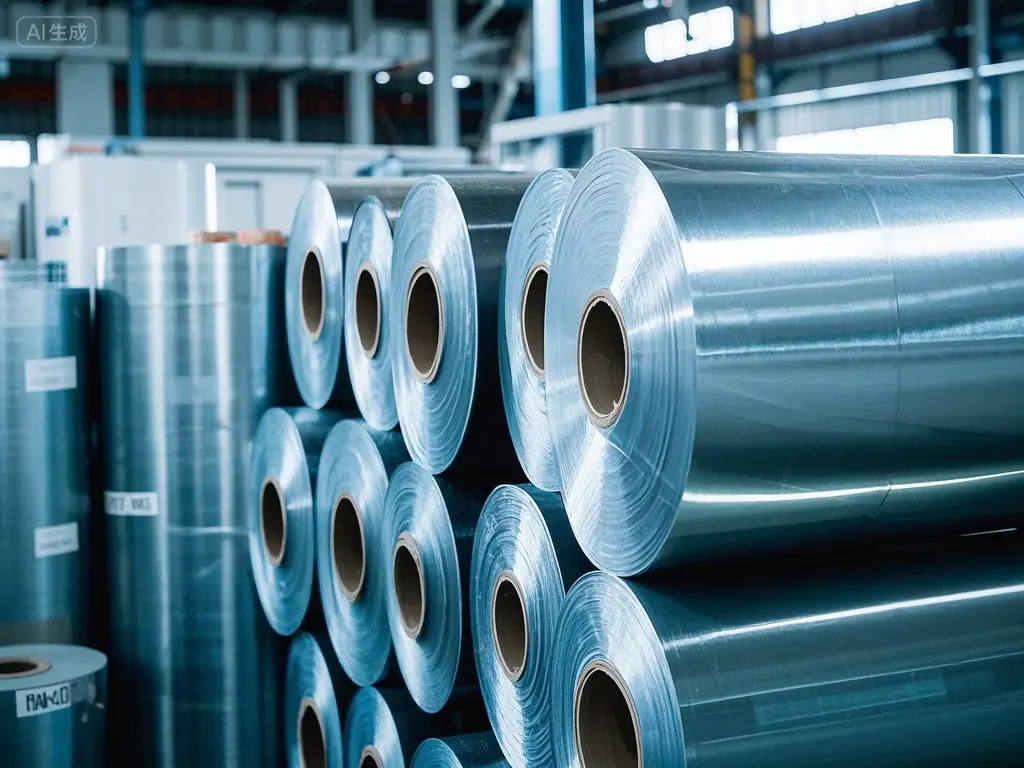
This emphasizes the importance of due diligence in selecting suppliers.
[Sub-heading claims] Supplier recommendations are based on general industry practices. It’s crucial to conduct thorough research and compare multiple suppliers before making a purchase.
Conclusion
Choosing the right reflective sheeting for hazard warning is more than just a matter of aesthetics; it’s about ensuring safety and visibility. By understanding the different types of sheeting available, their durability, sizing requirements, and where to purchase them, you can significantly enhance the effectiveness of your hazard warning system. Remember to always prioritize quality and safety!
[External links recommendation]
- 3M Scotchlite Reflective Material
- Avery Dennison Retroreflective Sheeting
- ORAFOL Reflective Solutions
FAQs
Q1: What is the difference between engineering-grade and general-purpose reflective sheeting?
A1: Engineering-grade sheeting is designed for high-performance applications and offers superior durability, reflectivity, and longevity, often exceeding regulatory requirements. General-purpose sheeting is more economical but may have limitations in terms of durability and performance under harsh conditions.
Q2: How long does reflective sheeting typically last?
A2: The lifespan of reflective sheeting varies greatly depending on the material, application, and environmental conditions. High-quality engineering-grade sheeting can last for several years, while general-purpose sheeting might require more frequent replacement. Always check manufacturer specifications for estimated lifespan.
Q3: Are there any specific regulations or standards for reflective sheeting?
A3: Yes, many regions have regulations and standards governing the use of reflective sheeting, especially in areas like road safety and work zones. These standards often specify minimum reflectivity levels and other performance criteria. Consult your local authorities for applicable regulations.
Q4: How do I apply reflective sheeting properly?
A4: Proper application is crucial for optimal performance and longevity. Manufacturers typically provide detailed instructions for each product. Generally, proper surface preparation, correct adhesive application, and appropriate curing time are essential for successful installation.
Q5: Can I use reflective sheeting on curved surfaces?
A5: Yes, but careful application is needed to avoid wrinkles and ensure proper adhesion. Some specialized sheeting is designed for curved applications. Consult the manufacturer’s instructions for guidance on applying to curved surfaces.

